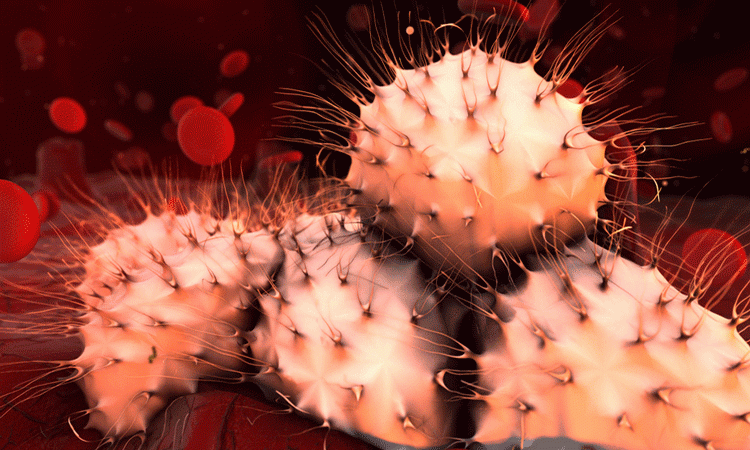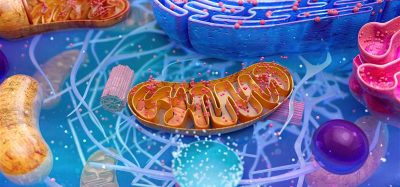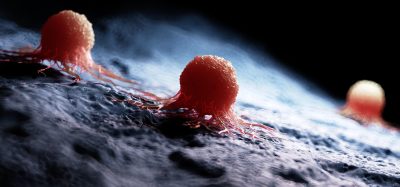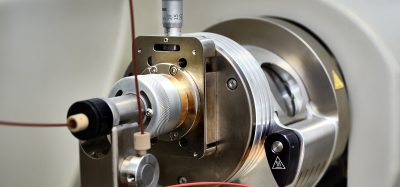Researchers image structure of cancer metastasis target
Posted: 22 August 2019 | Victoria Rees (Drug Target Review) | No comments yet
The structure of a key receptor involved in tumour metastasis has been imaged in a study, providing opportunities to develop cancer treatments.


A new study has deciphered the structure of a receptor that plays a crucial role in the migration of cancer cells. The research team have also identified five compounds based off their findings that could prevent the spread of tumours and aid in developing anticancer therapeutics.
The research was conducted by the Paul Scherrer Institute, in collaboration with colleagues from Roche, both in Switzerland.
An important pathway for metastasis of cancer cells is through the lymphatic system. White blood cell migration through this system requires a particular membrane protein, the chemokine receptor 7 (CCR7). This is found in the cell membrane, placed so that it can receive external signals and relay them to the interior.
CCR7 can control the movement of cells within the body and when activated with the appropriate signalling protein, the cell will move in the direction of the highest concentration of the signalling protein.
…they were able to identify a suitable molecule that blocks the receptor, preventing the signal from being transmitted into the cell.
However, cancer cells can manipulate CCR7 to guide cells out of the tumour and into the lymphatic system. This enables the metastasis of cancers to other parts of the body.
Using X-ray crystallography at the Swiss Light Source (SLS), the researchers were able to demonstrate the structure of the CCR7 receptor. To speed up the research process, Roche developed its own new protein-modifying technology modules, called crystallisation chaperones. This then enabled them to research corresponding active agents.
“The right molecule can prevent the signalling protein from coupling to the receptor and causing a reaction in the cell,” explained Steffen Brünle, who conducted the study and is one of the first authors of the paper.
With precise information on the structure of the receptor, they were able to identify a suitable molecule that blocks the receptor, preventing the signal from being transmitted into the cell.
“Our experiments show that the artificial molecule, inside the cell, binds to the receptor. This keeps the chain reaction that leads to cell migration from getting started,” Brünle said.
Finding five compounds that could be used as possible candidates for further development, the researchers say these could be used as potential cancer therapy drugs.
The findings were published in Cell.
Related topics
Drug Targets, Hit-to-Lead, Imaging, Oncology
Related conditions
Cancer
Related organisations
Cell, Paul Scherrer Institute, Roche
Related people
Steffen Brünle








